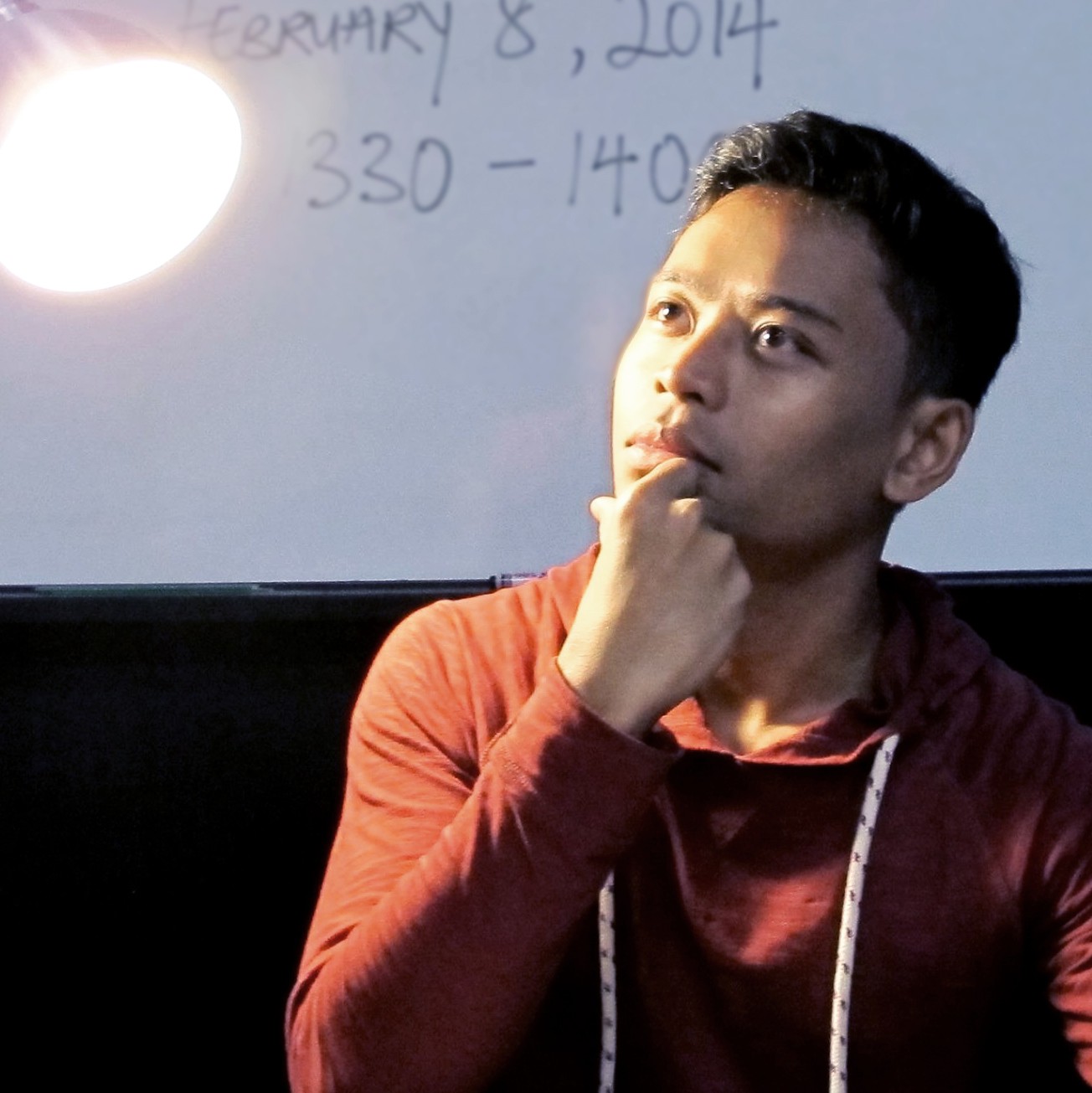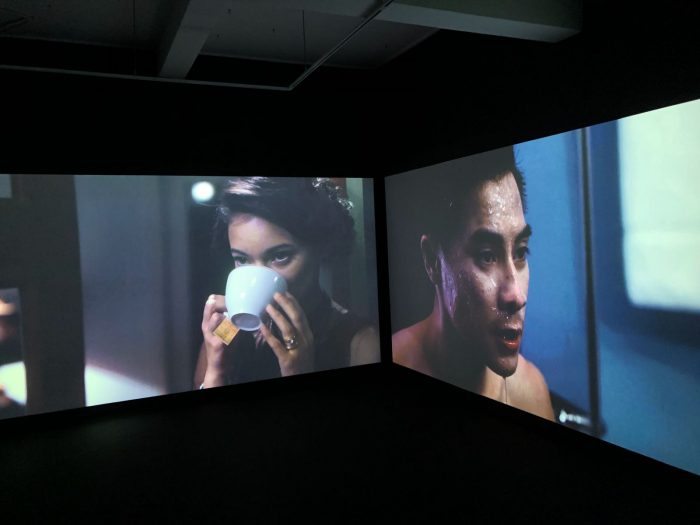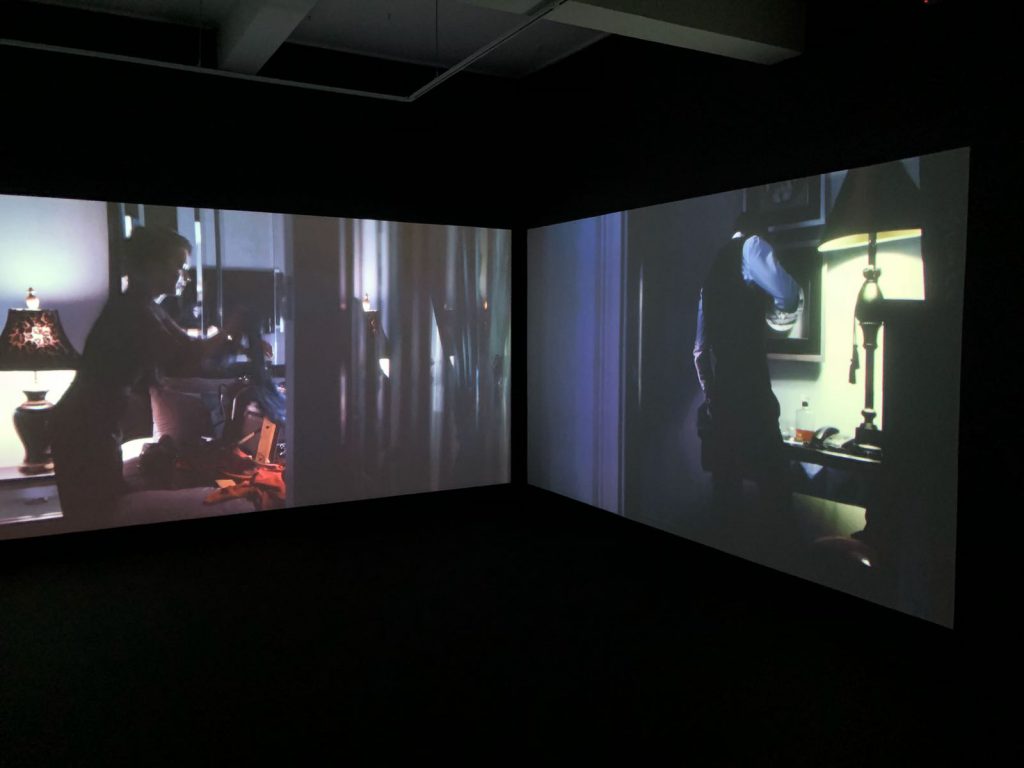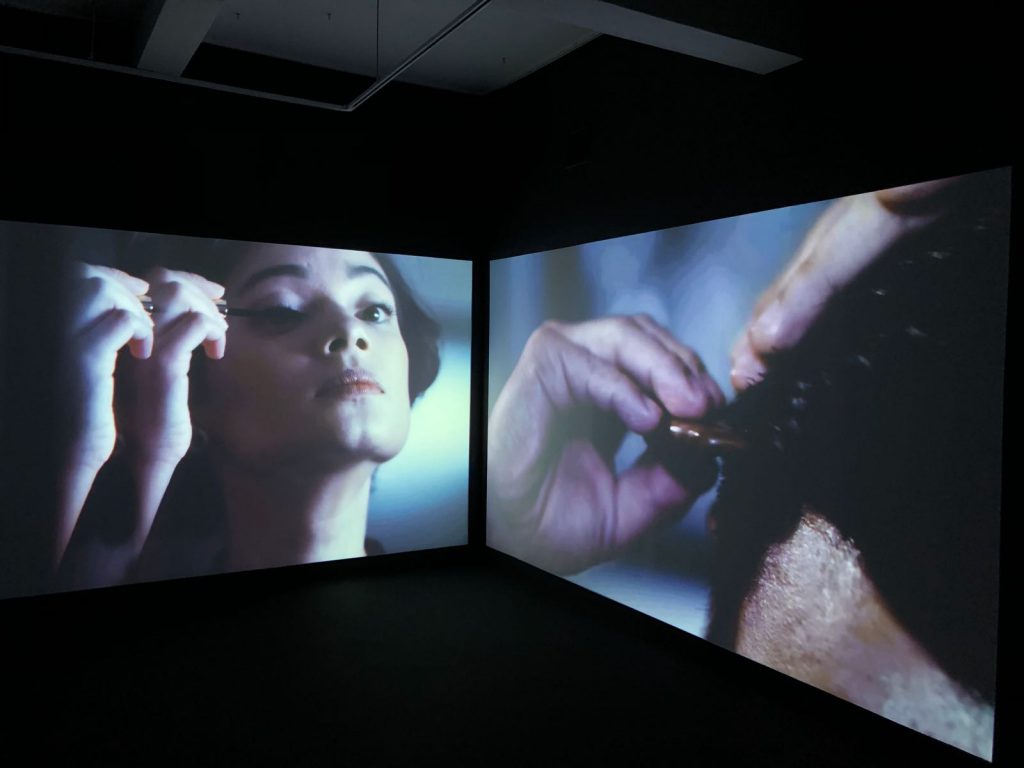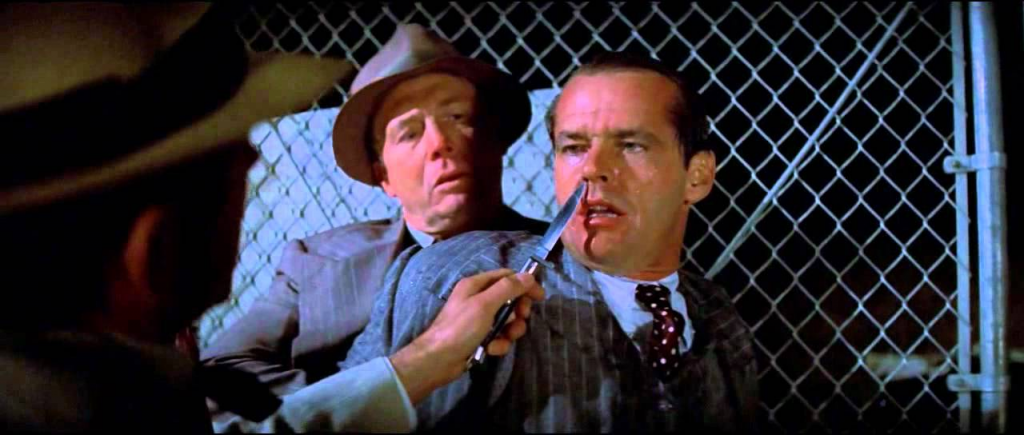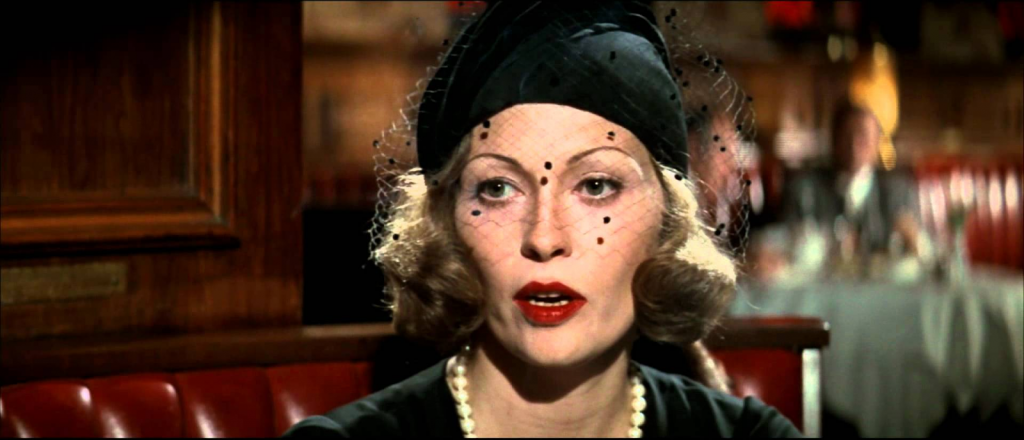
“Every design is a change of our life world; the designer influences our overall experience of the world as a pleasant or ugly place to spend out lives in.”
Thoughtful Interaction Design, while heavy and complex in its content, provides a comprehensive and extensive guide to good design approaches without compromising the responsibilities of the designer upon execution. One of the most important points that was consistently brought up in the reading was the impact that a particular design may have on the user’s end. Designers, either working individually or in a team, needs to be able to see themselves as a material of the design itself. Every aspect of the design process, which includes the resources, and the situation at hand, will ultimately affect the end-users and therefore, has to be thought out carefully. It is vital that designers keep in mind that they have been given the power to influence the lives of others as well as the existing conditions of a premise.
One example of a work that I feel has been successful in its application of thoughtful interaction design is the Connected Mall by Simon Property Group and eBay inc.. The company that aimed to enhance the digital shopping experience came up with an interactive mall directory that allows shoppers to navigate their way around the mall and assist them in making informed shopping decisions.
Connected Mall is a high def six-foot LCD touch screen distributed sparsely inside the mall at the convenience of all shoppers. It includes 3D maps of every floor in the building that maps out directions to every store to ensure that shoppers not only receive a wholesome experience in the mall, but also optimize their shopping efficiency. The touch screen is made adjustable in height, allowing easy access for children, and wheelchair-bound shoppers.

Alternatively, shoppers could also access Connected Mall through an app on their mobile phones. This enables them to refer to the mall directory at any location within and beyond the perimeters of the mall. In terms of its interface, what can be seen on the big LCD touch screens are also displayed in a miniature version of the map on the shoppers’ mobile phones. With the existing installation of Connected Mall in Stanford Shopping Center, it has been proven to ease the user’s shopping experience.
Screen-captures of mobile app: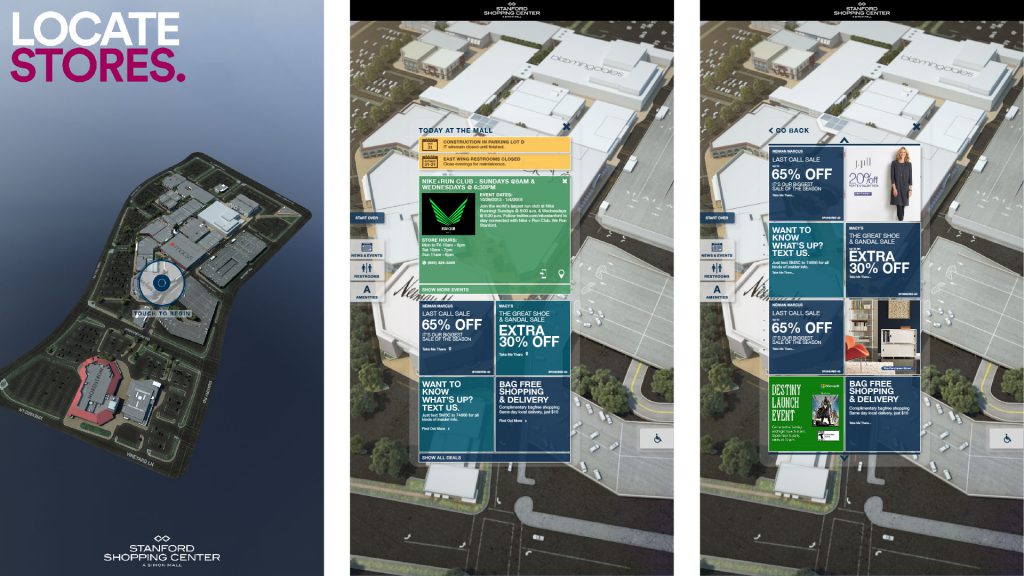
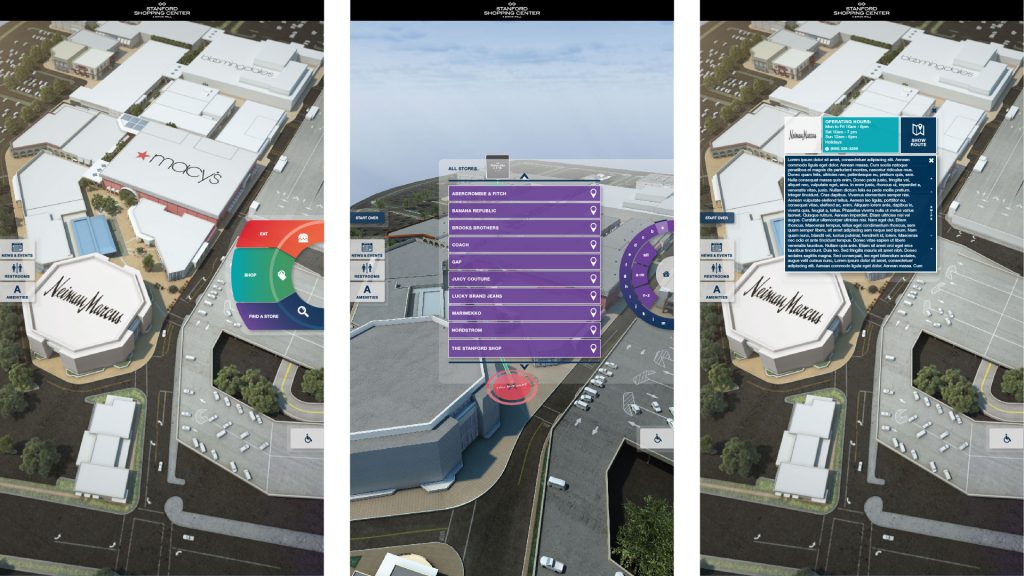
Here is a video to show how the interface looks like:
Connected Mall has definitely gone through thorough consideration in the design process while developing the application. They have successfully came up with a product that not only pushed retail technology a step further, but managed to find a solution with the challenges of navigating around a huge mall. It is evident that they have applied thoughtful interaction design here.
